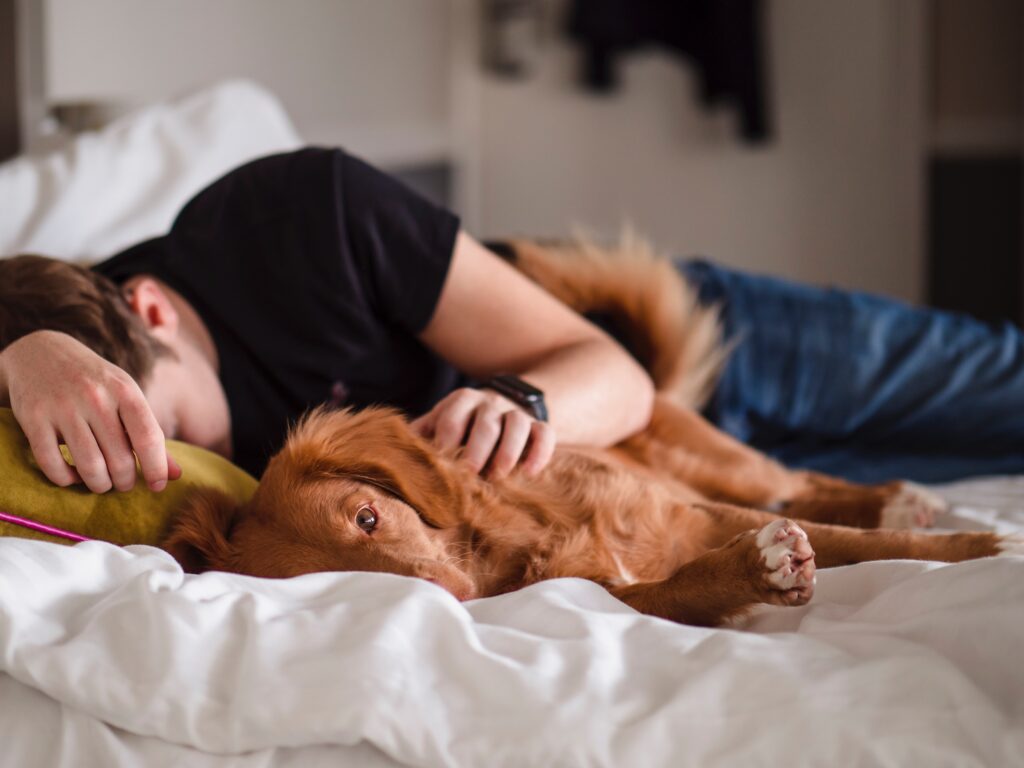Sleep Like A Soldier: Unveiling The 2-Minute Military-Inspired Sleep Hack
In a fast-paced world where sleep deprivation is a common struggle, finding effective methods to fall asleep quickly and effortlessly has become a pressing concern for many. Among the numerous techniques and remedies, one particularly intriguing approach gaining popularity is the military-inspired sleep hack.

Claiming to induce sleep in as little as two minutes, this method has captured the attention of sleep-deprived individuals seeking a restful night’s sleep.
The military-inspired sleep hack is derived from a relaxation technique practiced by the U.S. Navy Pre-Flight School during World War II to help pilots fall asleep in high-stress environments. The method relies on a systematic process of deep relaxation and mental focus to calm the mind and body, enabling swift entry into a state of restfulness.
To initiate the sleep hack, start by finding a comfortable position and relaxing all the muscles in your face, including your tongue, jaw, and eyelids. Then, let go of the tension in your shoulders and allow your arms to drop naturally. Take a deep breath and exhale slowly, consciously releasing any remaining stress from your body.
Next, visualize a calming scene or engage in repetitive mental exercises, such as counting backward from 100. By redirecting your thoughts to a peaceful setting or engaging your mind in a monotonous task, you create a diversion from any racing thoughts or external stimuli that may hinder sleep.

Additionally, it is vital to practice the 4-7-8 technique, regulating your breath. This breathing rhythm has been shown to promote relaxation and slow down the heart rate, aiding in the onset of sleep.
While the military-inspired sleep hack is reported to be highly effective, its efficacy may vary from person to person. Importantly, alongside this technique, it is crucial to adopt good sleep hygiene practices: maintain a consistent sleep schedule, create a suitable sleep environment, and limit electronic device exposure before bed.
